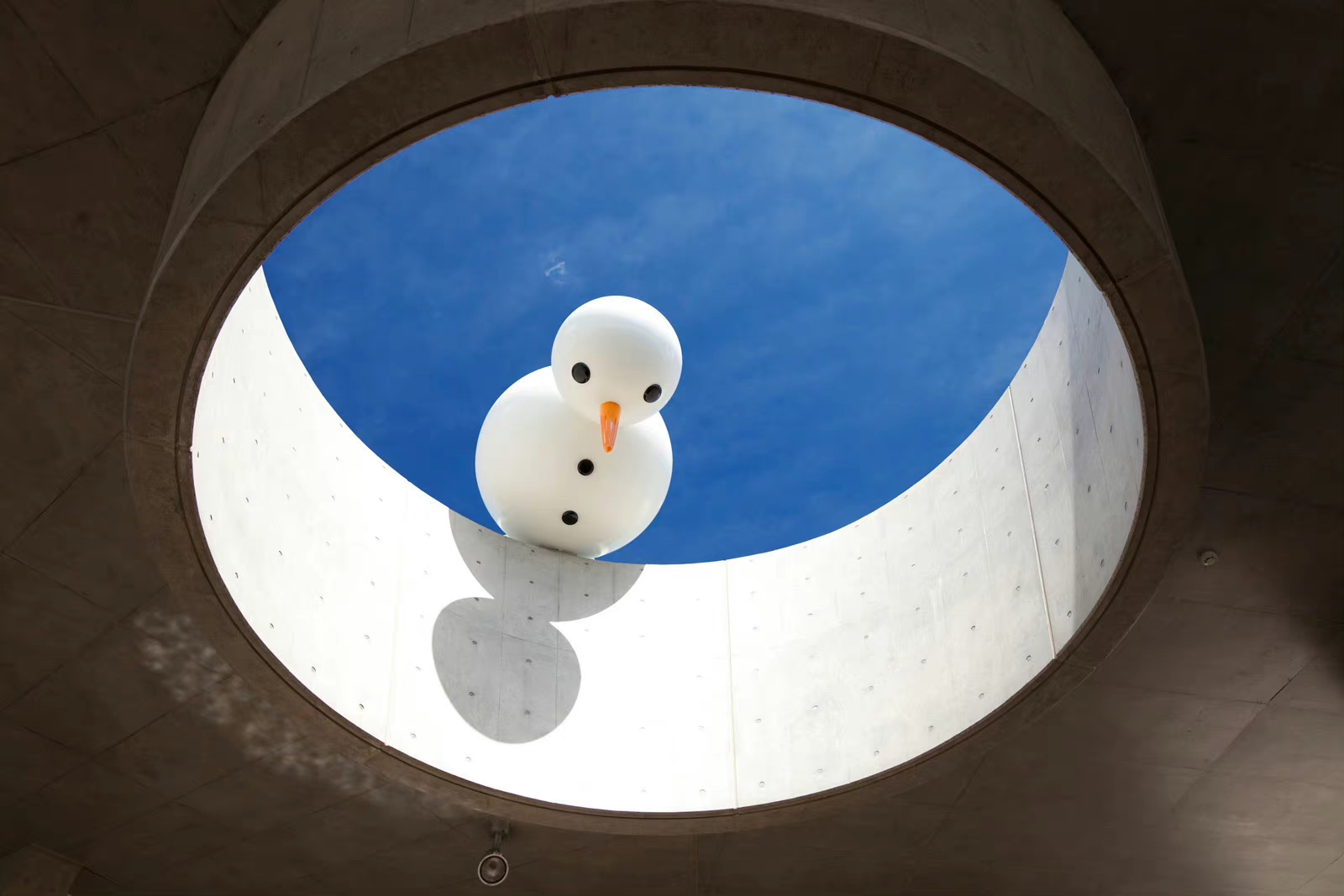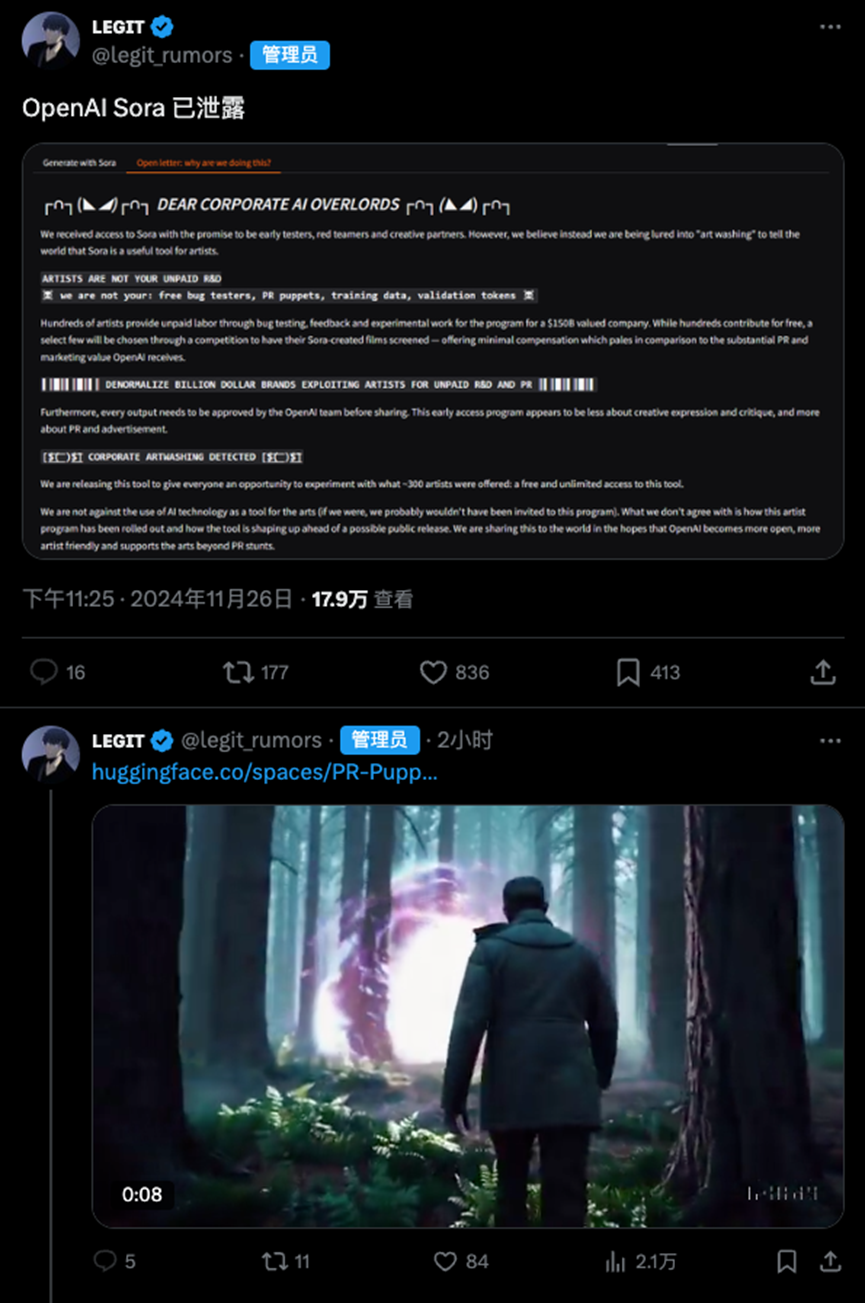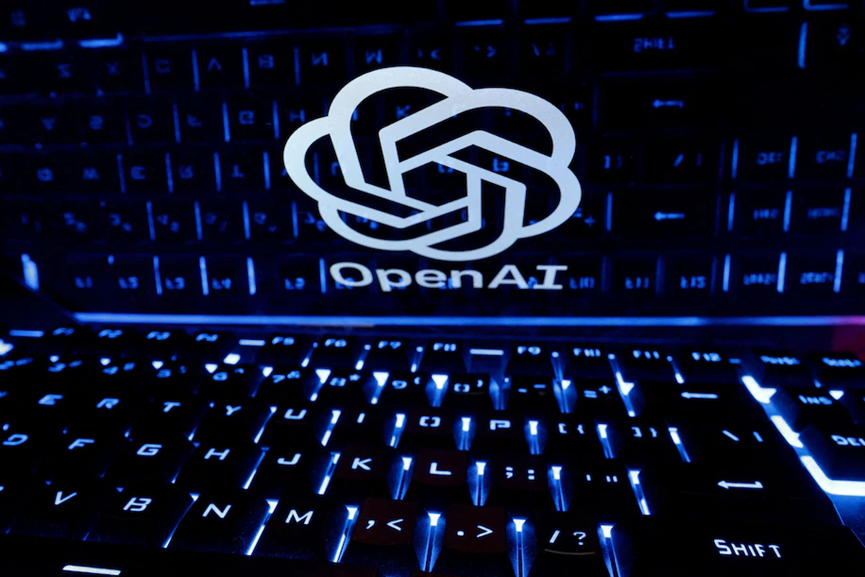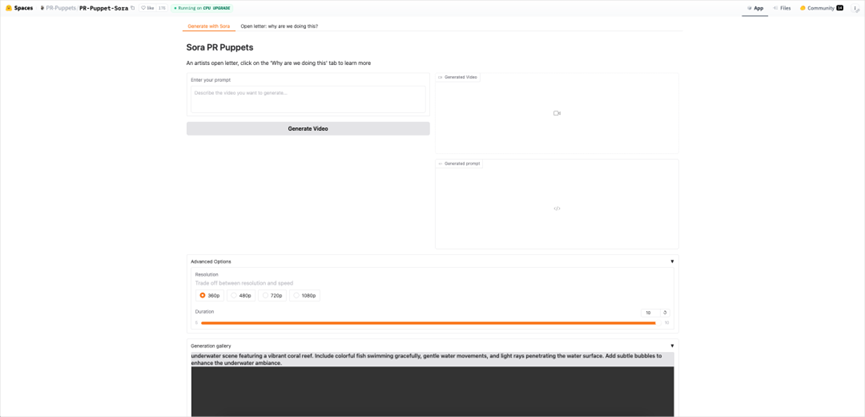OpenAI Halts Access to Sora Video Model Amidst Artist Protests Over Compensation Issues

Yesterday, I woke up to a storm of messages on X about the leaked Sora model. After some investigation, I learned that someone had taken the interface meant for beta-testing artists by OpenAI and uploaded it to Hugging Face for public use. Following this breach, OpenAI announced a halt to Sora's access and began investigating the incident. Let's review what led to such a significant uproar.

Background: Sora – An Innovative AI Video Generation Tool
Sora is OpenAI's latest AI video generation tool. Initially, OpenAI granted hundreds of artists free access to this tool to glean feedback for improving its features. In return, these artists could work with cutting-edge technology and have their creations considered for public showcases. However, the artists discovered what they perceived as unfair practices, particularly regarding compensation and acknowledgment of their contributions.

Artists' Protest: Uncompensated Labor and Being "PR Puppets"
A group of artists protested, claiming OpenAI undervalued their unpaid labor and turned them into "PR puppets" to enhance the company's image. These artists argue that, while they were given "early access," their extensive feedback, bug testing, and creation of experimental work remained uncompensated. To highlight this issue, they made Sora accessible to the public by launching a website where anyone could generate videos using the tool. Although this site was only live for three hours, its impact sparked widespread discussion. (The site, now inactive, was: https://huggingface.co/spaces/PR-Puppets/PR-Puppet-Sora)

OpenAI's Response: Access Suspension and Investigation
In response, OpenAI quickly suspended all access to Sora and announced an investigation. OpenAI spokesperson Niko Felix stated that, although artist participation was voluntary, their feedback and experimental work were crucial for Sora's development. "Hundreds of artists contributed to Sora's development, helping identify new features and safety measures," he mentioned. "Participation was voluntary, without compulsory feedback." Despite OpenAI's emphasis on voluntary participation, artists felt their contributions were undervalued, revealing the company’s unjust treatment of their labor.
Protest Tactics: Breaking Industry Norms with a "Leak"
This protest was particularly striking in the AI industry, as participants in AI testing are traditionally bound by non-disclosure agreements (NDAs), and companies typically control external feedback. The artists' decision to "leak" the tool defied norms, garnering reactions from industry insiders who noted the rarity of such public criticism. The artists sought to challenge the opacity and control exercised by companies in user testing, advocating for increased transparency and accountability.
Artists' Stance: Supporting AI Tools but Opposing Unfair Treatment
Artists clarified that they do not oppose AI in artistic creation but take issue with OpenAI’s disregard for their effort. Their statement read, "We do not oppose the use of AI in art; if we did, we wouldn't have joined this project." While aiding OpenAI in product refinement, they wished for more recognition and not merely being used as a "PR tool." The artists also initiated an open letter, gathering nearly 100 signatures, to draw broader attention to the situation.
Dissenting Voices: RAC Challenges the Protest Stance
Not all Sora testers supported the protest stance. Musician André Allen Anjos, known as RAC, expressed enthusiasm for the project, asserting that OpenAI's team "did things right." He felt artists were respected throughout the testing and that his experience was positive. Due to NDA constraints, RAC couldn’t share further details but made clear his lack of alignment with the protest.
Previous Controversies: Training Data of Sora
Before public testing, Sora faced scrutiny over potential privacy and data concerns. OpenAI's former CTO, Mira Murati, avoided direct answers on whether Sora was trained using YouTube videos, adding to its controversies.
Conclusion: Art and Fairness in the AI Era
Technology and art should ideally foster mutual growth, not a one-sided relationship. AI can provide new opportunities in artistic creation, but ignoring creators’ rightful claims disrupts this balance. This “giver” mindset exposes tech companies’ undervaluation of creators’ contributions, misjudging their worth. I look forward to seeing how OpenAI addresses this incident and strikes a balance between open-source advancements and creator rights. Their call for open-source development is commendable, as it promotes shared knowledge and innovation, inviting wider participation and advancing the industry.